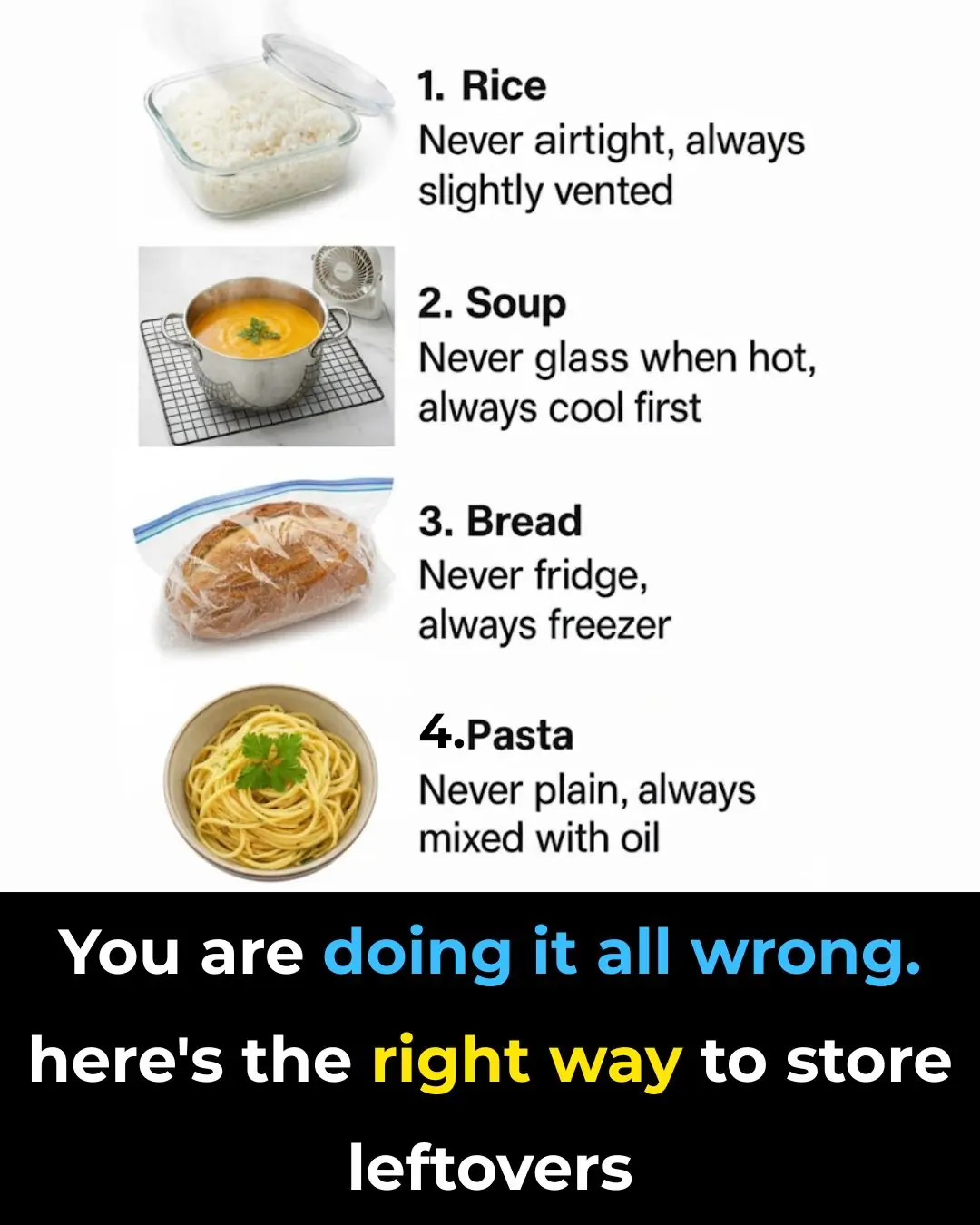
You are doing it all wrong. Here’s the right way to wash towels
Towels are an essential part of daily life, offering comfort, warmth, and hygiene. We use them after showers, workouts, and handwashing—yet few of us truly think about how we care for them. Improper washing techniques can lead to towels that lose their softness, smell unpleasant, or stop absorbing water efficiently. Learning how to properly wash and maintain towels not only extends their lifespan but also ensures they remain plush and hygienic with every use.
In this comprehensive guide, we’ll explore the most common towel-washing mistakes and walk you through best practices to keep your towels fresh, soft, and absorbent. From choosing the right detergent and water temperature to the benefits of vinegar rinses and air drying, this article covers everything you need to know about proper towel care.
1. Understanding the Importance of Proper Towel Care
Towels are typically made from cotton fibers, known for their natural softness and high absorbency. These fibers, however, are delicate and can be easily damaged by harsh detergents, high heat, or improper washing. When treated with care, quality cotton towels can last for several years while maintaining their plush texture and absorbency.
Proper towel care isn’t just about comfort—it’s also about hygiene. Bathrooms and humid environments are ideal breeding grounds for bacteria, mildew, and mold, all of which can thrive on damp towels. Regular washing and thorough drying prevent these problems, keeping towels clean, odor-free, and safe for everyday use.
2. Common Mistakes When Washing Towels
One of the biggest mistakes people make is overcrowding the washing machine. When towels don’t have enough room to move freely, detergent and water can’t circulate properly, leading to poor cleaning and leftover residue. Similarly, using too much detergent can make towels stiff, as the soap builds up within the fibers instead of rinsing away.
Another frequent error is washing towels together with clothing. Mixing laundry types leads to lint transfer, reduced cleaning efficiency, and uneven drying. Additionally, high heat settings in dryers can weaken cotton fibers, making towels rough and brittle over time. It’s best to wash towels in medium loads, with warm water, and dry them gently.
3. Why Fabric Softeners Are a No-Go for Towels
While fabric softeners make clothes smell pleasant and feel smooth, they are not suitable for towels. Softeners coat the fibers with a thin layer of chemicals that actually block absorbency. Over time, this buildup can make towels feel waxy and less effective at drying moisture from your skin.
Instead, use white vinegar as a natural alternative. Adding half a cup of vinegar during the rinse cycle helps remove detergent residue, restore softness, and eliminate lingering odors—without affecting absorbency. It’s an eco-friendly and cost-effective solution that keeps towels feeling fresh.
4. The Ideal Water Temperature for Washing Towels
The perfect temperature for towel washing is warm water, typically between 40°C (104°F) and 60°C (140°F). Warm water strikes the right balance—it dissolves detergent efficiently and removes dirt and oils without shrinking or fading the fabric.
While hot water might seem like a more powerful cleaner, it can damage fibers and fade colors over time. Cold water, on the other hand, may not remove oils or kill bacteria effectively, leading to musty-smelling towels. Sticking to warm water ensures the best combination of cleanliness and longevity.
5. Finding the Perfect Load Size for Efficiency
To get towels truly clean, don’t overload your washer. Fill it only about two-thirds full, which allows towels to tumble and agitate freely. This ensures even detergent distribution and thorough rinsing.
Overloading leads to soap residue and uneven drying, while underloading wastes energy and water. Striking the right balance helps keep towels soft, fluffy, and fully sanitized.
6. Timing Your Vinegar Rinse for Maximum Freshness
Vinegar is a secret weapon for towel care—but timing is everything. Add half a cup of white vinegar during the rinse cycle, not the wash cycle. Doing so breaks down leftover detergent and neutralizes odors.
Adding vinegar too early can reduce the effectiveness of your detergent, so it’s best to wait until the rinse phase begins. The result? Towels that come out of the washer soft, fresh-smelling, and residue-free.
7. Choosing the Right Detergent for Towels
When it comes to detergent, less is more. Choose a mild, fragrance-free, liquid detergent to avoid buildup and irritation. Strong fragrances and dyes can cling to fibers, causing them to lose absorbency and feel stiff.
Most towels aren’t heavily soiled, so using half the recommended detergent amount is usually sufficient. Too much soap can be harder to rinse out completely, leaving residues that cause towels to feel heavy or rough.
8. The Benefits of Air Drying Versus Machine Drying
Air drying is the gentlest way to dry towels, preserving fibers and reducing wear. Hang them in a well-ventilated area or outdoors in the sunlight—UV rays naturally kill bacteria and keep towels smelling fresh.
If you prefer a dryer, choose a low or medium heat setting. High heat can cause shrinkage and rough texture. Add dryer balls to fluff the towels and speed up drying, but avoid dryer sheets, which can leave behind chemical coatings that reduce absorbency.
9. How Often Should You Wash Your Towels?
Bath towels should be washed every three to four uses, depending on humidity and frequency of use. This helps prevent bacterial buildup and odors. Hand towels and face towels, which are used more often, may need washing every one to two days.
Always allow towels to dry completely between uses, and replace them if they start to smell even after washing—a sign that the fibers are breaking down or harboring persistent bacteria.
10. The Role of Baking Soda in Towel Freshness
Baking soda is another natural ally in keeping towels soft and odor-free. Add a quarter cup to the wash cycle alongside your detergent to neutralize odors and boost cleaning power.
Baking soda also helps to soften towels by removing trapped detergent residues. This simple step can revive old, stiff towels and make them feel as good as new without using harsh chemicals.
11. Popular Viral Hacks: What Works and What Doesn’t
The internet is full of towel-washing “hacks,” but not all of them work as advertised. For example, while both vinegar and baking soda are effective individually, they should never be used together in the same cycle—doing so neutralizes their cleaning power.
Another common tip is to use essential oils for fragrance. While this can add a pleasant scent, use only a few drops and make sure your skin isn’t sensitive to them. Overuse can lead to oily buildup or irritation.
Before trying viral hacks, test them on one or two towels first to ensure they work with your water type, detergent, and towel material.
Final Thoughts
Caring for your towels properly is about more than just keeping them soft—it’s about maintaining hygiene, extending their life, and ensuring every shower ends with a clean, fluffy towel. By avoiding common mistakes, using natural ingredients like vinegar and baking soda, and finding the right washing balance, you can keep your towels looking and feeling brand new for years.
A little extra care goes a long way—because few things feel better than wrapping yourself in a fresh, soft towel after a warm shower.
News in the same category

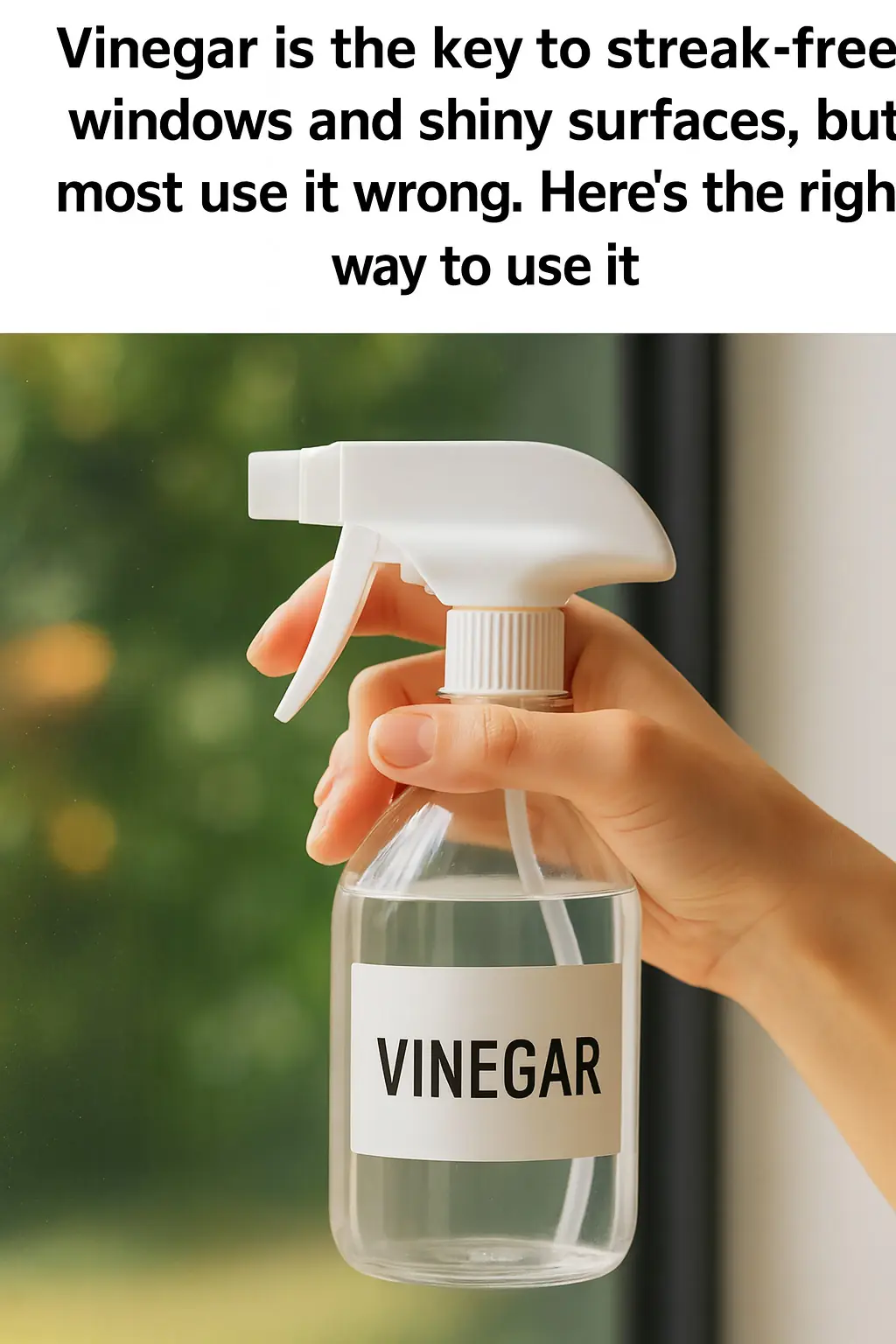
Vinegar is the key to streak-free windows and shiny surfaces, but most use it wrong. Here's the right way to use it

Haven't heard that before

You are doing it all wrong. Here’s the right way to store leftovers

10 genius tricks to revive your garden patio

They look so harmless

How to Remove a Fish Bone from Your Throat 🐟😮

You’re doing it all wrong. Here’s the right way to store knives

You’re doing it all wrong. Here’s the right way to unclog your drain

Mistake when washing grapes with salt and baking soda: This method only removes insect eggs, and the skin is still edible

Boiling chicken with plain water is outdated: 2 ways to cook chicken without water that make it delicious, tender, and preserve its nutrients

A type of vegetable destroys more than 90% of cancer cells within 48 hours, yet Vietnamese people mistake it for a wild plant growing all over the streets.

A plant with a distinctive aroma: Both a spice and a 'miracle' for health

Bare pork through boiling water, thought clean but soaked in more dirt: This is the most correct thing

A week after applying this method, cockroaches, ants, and mosquitoes no longer appeared in my house.

🚽 How to Unclog a Toilet Without Using a Plunger – 5 Smart, No-Mess Hacks That Actually Work
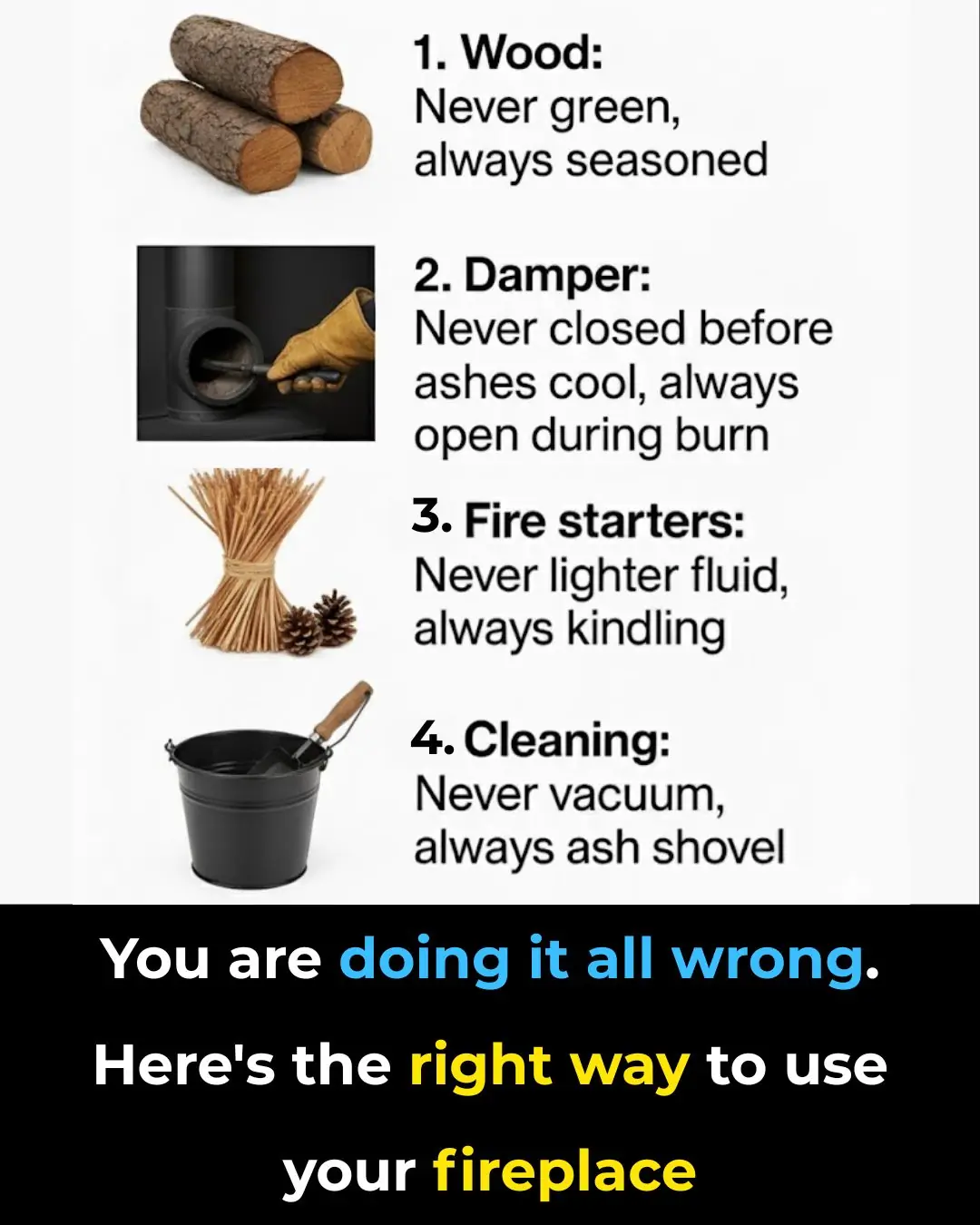
You are doing it all wrong. Here’s the right way to use your fireplace
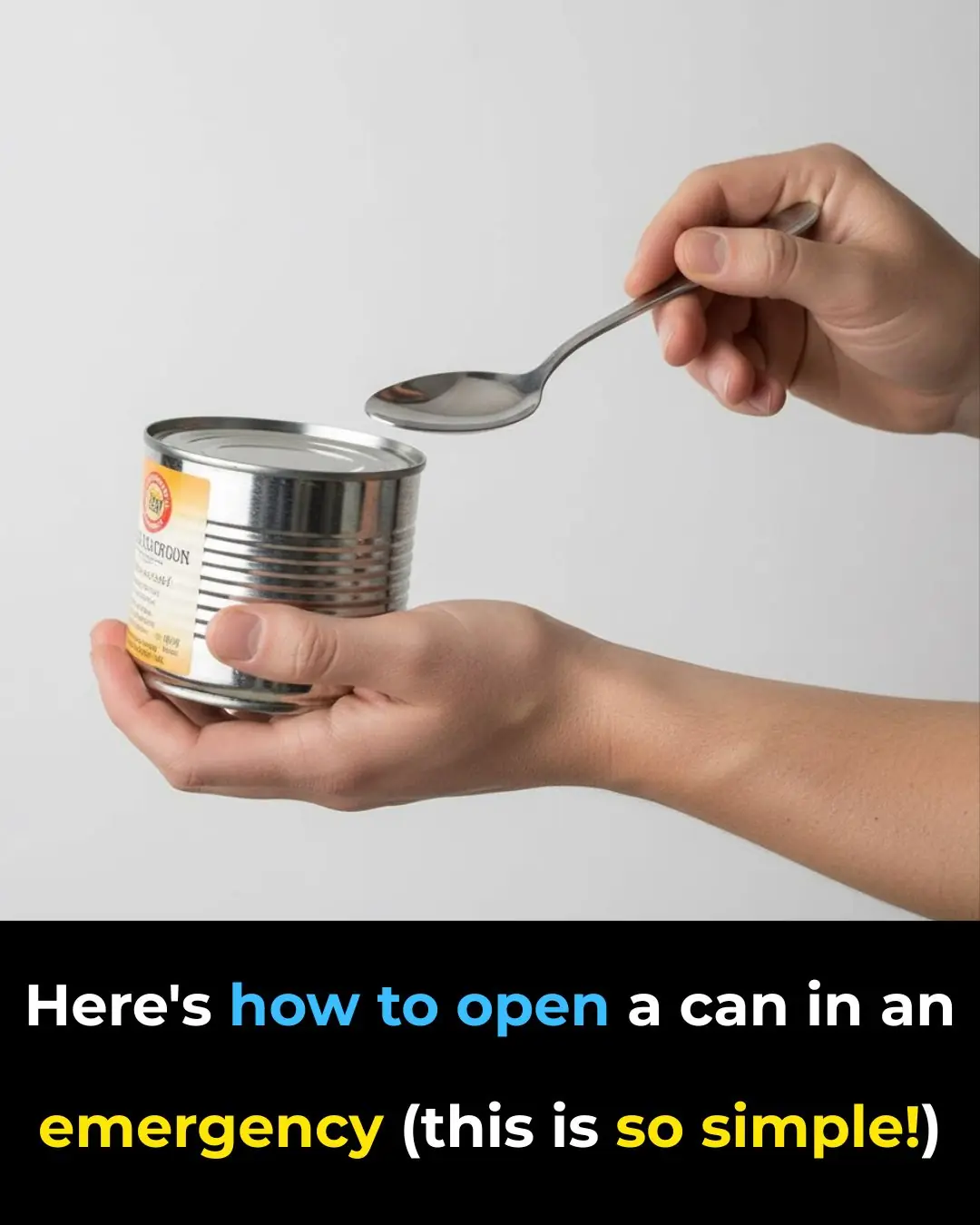
Here's how to open a can in an emergency (this is so simple!)

Most people will never know
News Post

Eating Steamed Sweet Potatoes Every Day: A Woman Shocked by Her Liver Test Results

Warning Signs You Should Never Ignore: The Silent Symptoms of a Brain Aneurysm

Model Loses Both Legs After Toxic Shock Syndrome From Everyday Tampon Use

Before And After: Woman With Extreme Lip Enhancements Reveals Old Look

Tragic End: Georgia O’Connor Passes Away Weeks After Wedding Amid Medical Neglect
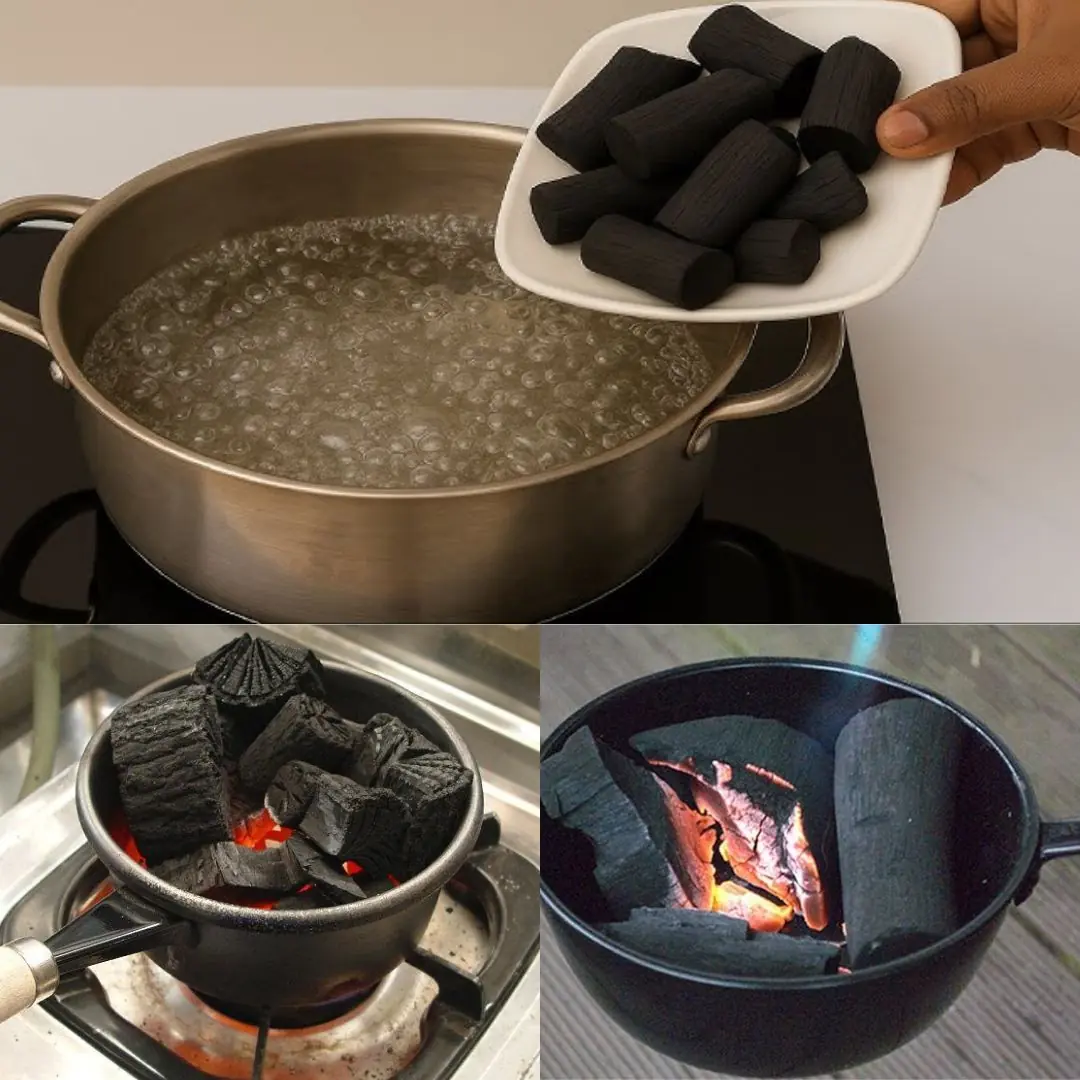
DIY Survival Water Filter: A Simple Life-Saving Tool You Can Make Anywhere
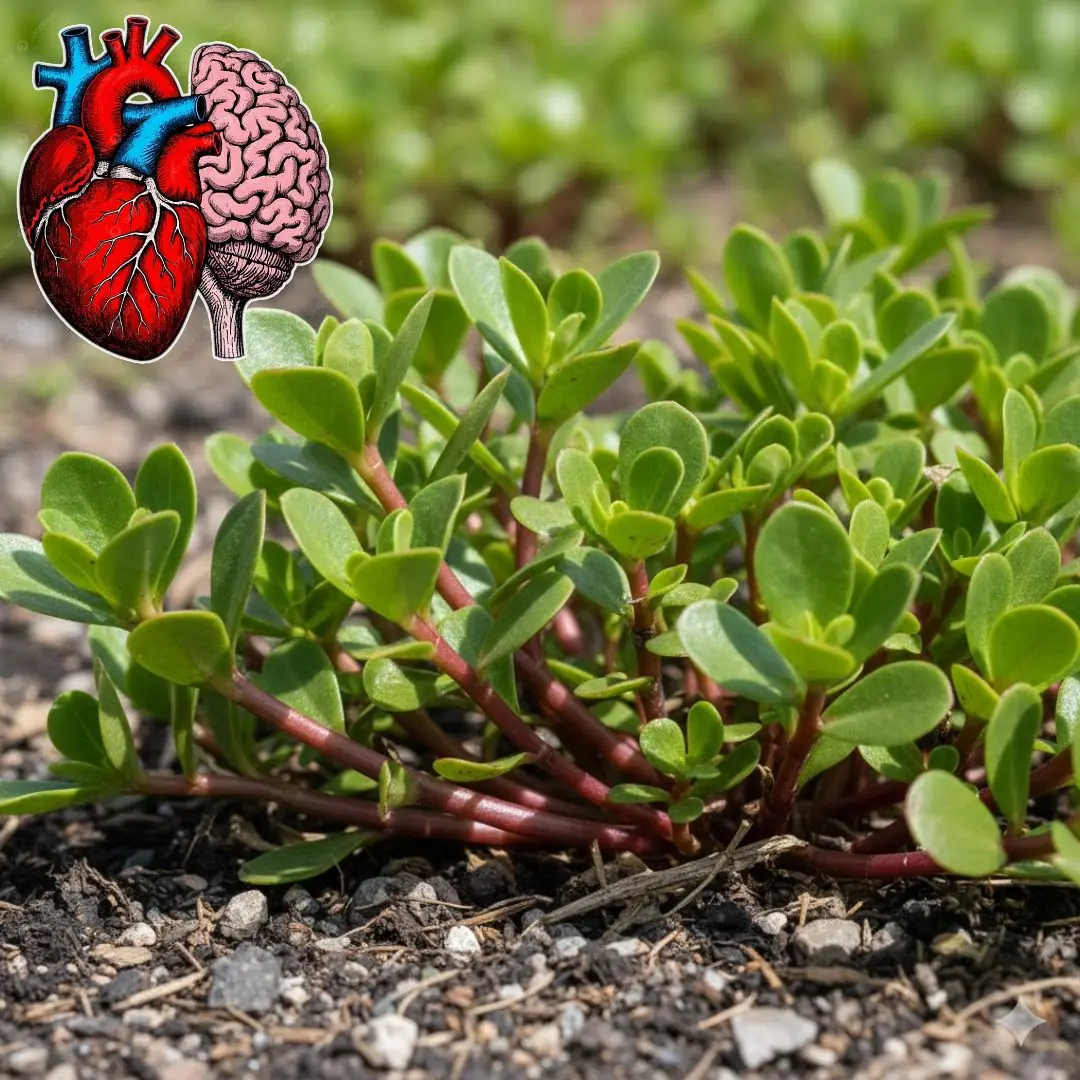
30 Powerful Reasons You Should Stop Ignoring Purslane

Why drinking your sugar is more harmful for diabetes than eating it, study finds

You are doing it all wrong. Here’s the right way to store leftovers

When a cat rubs against you, this is what it means

Zodiac Signs Most Likely to Have Prophetic Dreams

Ivy and Vinegar: A Safe and Natural Spray to Keep Pests Off Your Garden
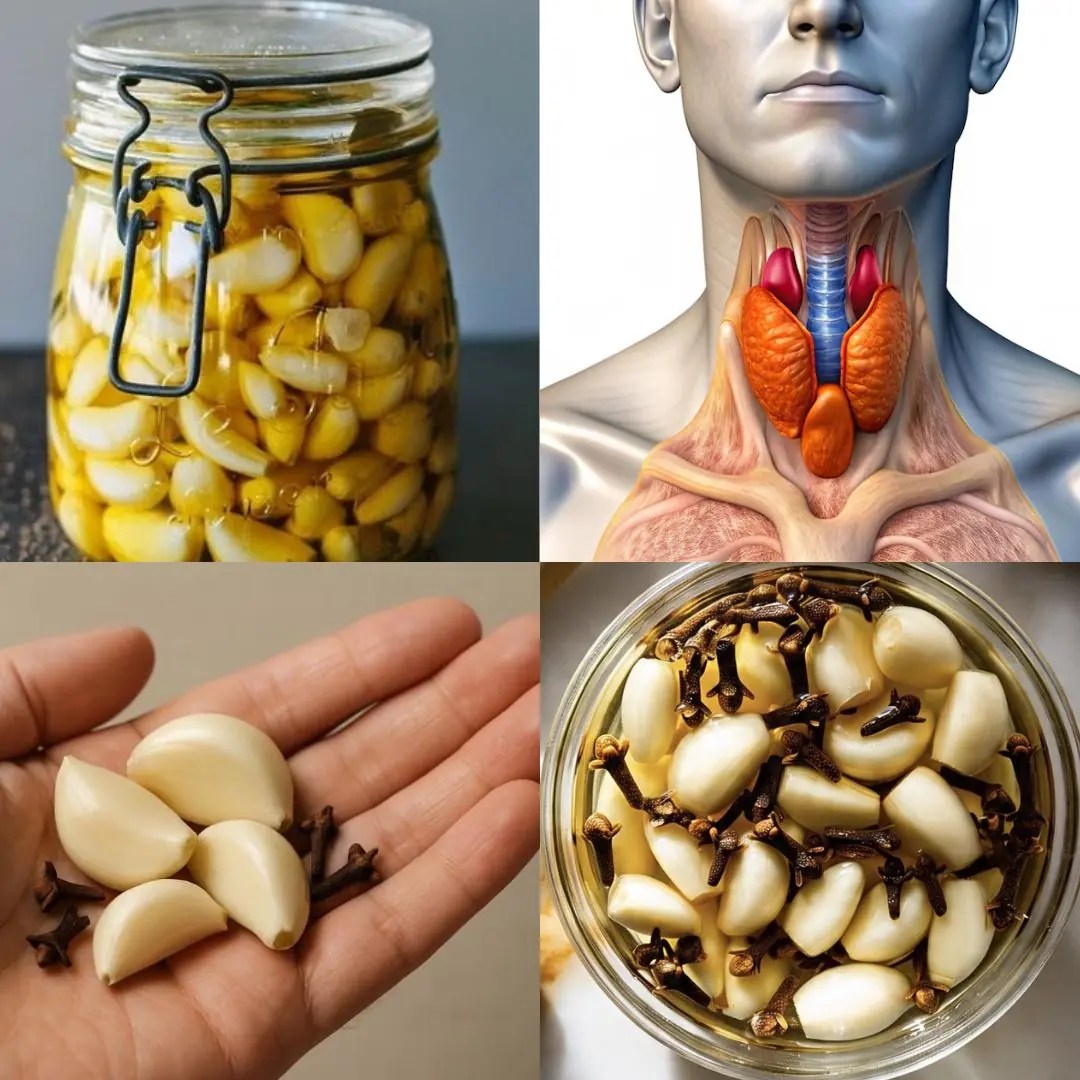
Garlic, Honey, and Cloves – a powerful natural remedy packed with health benefits

Vinegar is the key to streak-free windows and shiny surfaces, but most use it wrong. Here's the right way to use it

Haven't heard that before

You are doing it all wrong. Here’s the right way to store leftovers

10 genius tricks to revive your garden patio

They look so harmless
